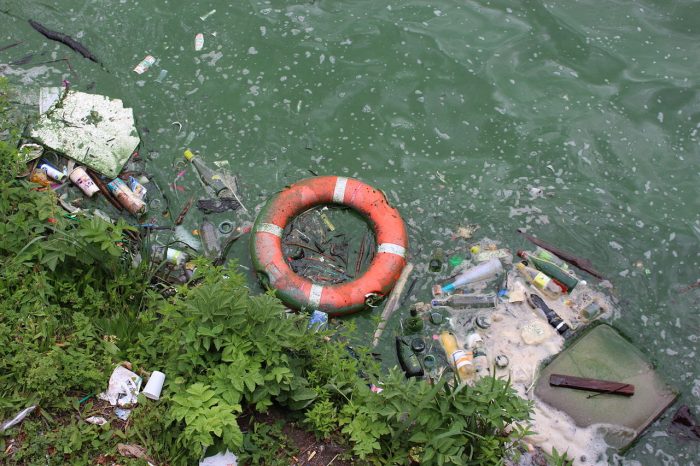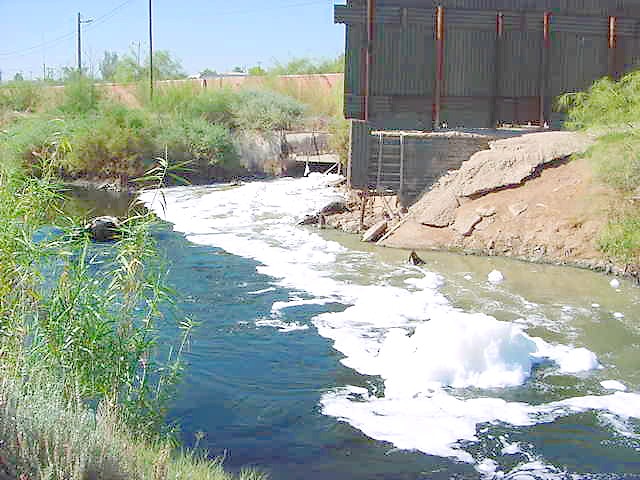There is a lot of information about climate change, and most of the findings are not good. Studies have shown that human activities have led to an increase in global temperatures, which has led to erratic weather and climate patterns. However, there is some good news. You can help reduce these effects by living an eco-friendly lifestyle, and here are some tips to help you out.
Check Your Fashion Choices
As factories make more clothes, they increase their emissions of greenhouse gases. So, the more new clothes you buy, the more you contribute to these greenhouse emissions. To avoid this, you can skip new clothes and go for vintage and second-hand clothes. Buying fewer clothes is also another way to be eco-friendly.
When you shop, remember to go for eco-friendly clothes that contain natural fibers like cotton and wool. These clothes are not only way better, but they also do not pollute the environment. You might also want to pick up some sewing classes to repair damaged clothes or even transform ripped clothes into shorts.
Take up Healthy Food Decisions
Studies have shown that if many people took up vegan lifestyles, we might reduce greenhouse emissions. One of the major contributors to toxic gas emissions is the various modes of transport, which have become necessary for shipping foods across continents. Thus, you can directly reduce emissions by eating locally produced food and, in the process, support low-scale agriculture.
When it comes to vegetables, you can choose to go for the seasonal vegetables since they have not been grown in a greenhouse that used a lot of heat energy for production. Another environmental pollutant is packaging. You can reduce this by buying from zero-waste shops that have unpackaged food. You can also purchase unpackaged vegetables and fruits from supermarkets or go for cardboard and cans, which are easily recycled.
Travelling Tips for Eco-Friendly Lifestyles
Trains have been shown to have the least carbon footprint, so you might want to hop onto a train the next time you are traveling instead of flying. As you travel, remember to pack light and avoid carrying a lot of plastic to another country. In a new city, you can choose eco-friendly transport like bikes as opposed to driving a car.






 il pollution. Improper waste disposal from industries has raised an alarm and a lot needs to be done to prevent the havoc caused by these wastes.
il pollution. Improper waste disposal from industries has raised an alarm and a lot needs to be done to prevent the havoc caused by these wastes.

 e
e 

 o water bodies during rainy seasons.
o water bodies during rainy seasons.


 s.
s.

 /p>
/p>